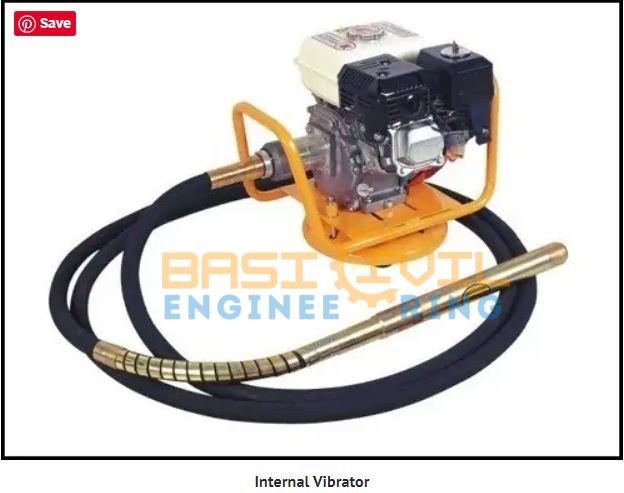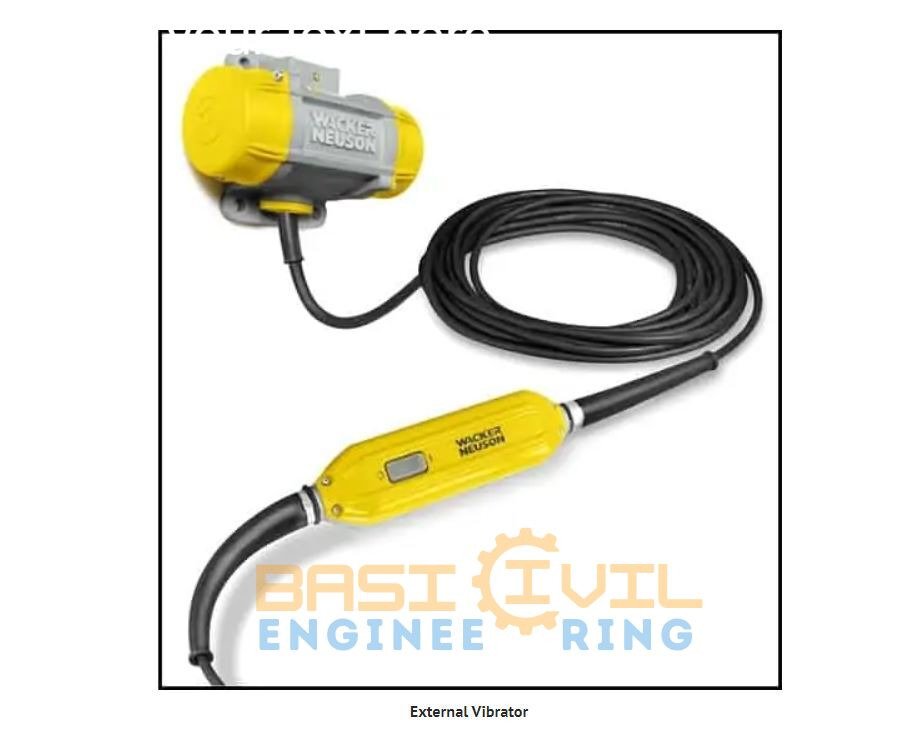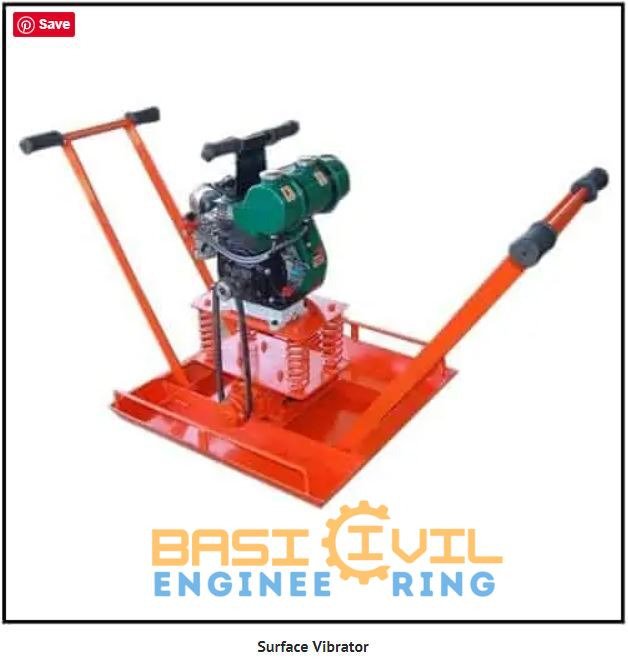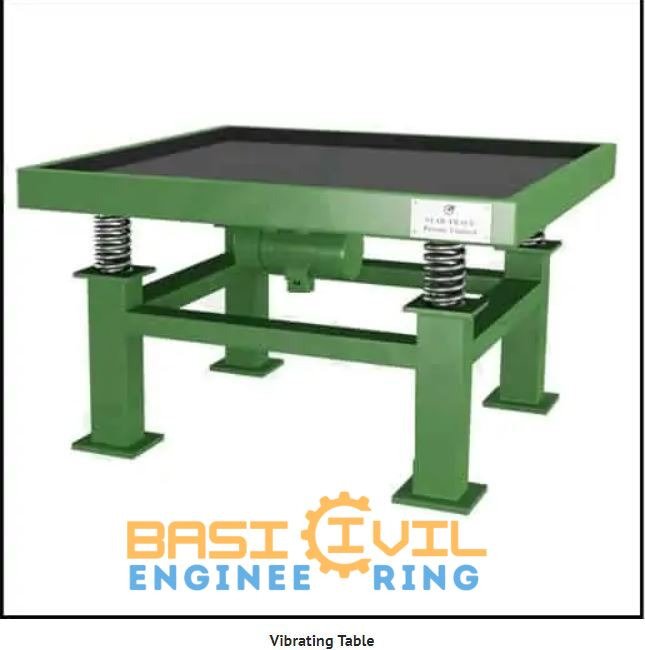Types Of Vibrators Used In the Construction

Types Of Vibrators Used In the Construction.
What Is Vibrator?
Vibrators are used on construction sites to compact concrete. Concrete vibrators come in a variety of shapes and sizes. Some Concrete Vibrators are smaller, more efficient, and powered by batteries, whereas others are much larger and powered by electricity.
Vibration causes compacting by reducing internal friction between various concrete particles as a result of particle oscillation, resulting in a dense and compact concrete mass.
It is primarily used for concrete compaction in the construction of roads, trains, and buildings. It compacts freshly poured concrete by removing trapped air and moisture. Its purpose is to keep the concrete in the formwork secure.
This is done to ensure proper concrete consolidation and to avoid product flaws. The vibration frequencies of these vibrators can range from 2800 to 15000 rpm.
Types Of Vibrators Used In the Construction.
1) – Internal Vibrators.
The most common types of vibrators used on construction sites are internal vibrators, also known as immersion or concrete needle vibrators.
It is made up of a steel tube with an eccentric vibrating element inside (one end closed and rounded). A steel tube is connected to an electric motor, a diesel engine, or a gasoline engine via a flexible tube in the poker vibrator machine.
The diameter of a poker ranges from 40 to 100 mm. The distance between the reinforcing bars in the formwork is used to calculate the poker diameter.
The needle sizes on internal vibrator machines range from 25 mm to 90 mm, with a minimum of 25 mm and a maximum of 35 mm used for roof slab casting.
A vibrator machine with needles of 40 mm and 60 mm should be used to compact concrete mass in column and beam structures.
We should use a vibrator machine with a 75 mm and 90 mm needle to compact the concrete mass by capturing air gaps and preventing honeycomb when proposing a strong footing and various bridge structures.
The frequency of vibrations produced by vibrator machines can reach up to 15000 rpm. However, with an accel, a minimum speed range of 3000 to 6000 rpm is recommended.

2 ) – External Vibrator.
The shutter shape vibrator is another name for the external vibrator. It comes with a base plate. It is used to compact the surface of both precast and freshly poured concrete. It is propelled by a three-phase induction motor.
Its construction is entirely finished. It’s also dependable and simple to maintain, thanks to a power cord made up of four rubber-coated cables. Typically, the casing is made of an aluminum alloy casting. It has a lightweight motor structure that is highly efficient.
The machine is secured to the formwork horizontally or vertically at acceptable spacing, not exceeding 90 cm in both directions, according to the building pattern.

3) – Surface Vibrator.
Surface vibrators are attached to the concrete mass permanently. They vibrate the concrete away from the surface during the screening process.
It is an excellent choice for the compaction of shallow elements when used in conjunction with concrete with a low water to cement ratio.
We should not use it for concrete depths greater than 250 mm. Even dry mixes can be compacted successfully with the help of this machine. Pan vibrators and vibrating screeds are examples of surface vibrators.
It is commonly used for compacting small slabs, mending and repairing horizontal surfaces such as pavement slabs, and repairing and repairing vertical surfaces such as stairwells. It rotates at a rate of around 4000 revolutions per minute.

4 ) – Vibrating Table.
Although the formwork is clamped to the vibrator, the vibrating principle of the concrete and formwork remains the same. The vibration flavor is comparable as well.
In general, a fast-spinning eccentric weight produces The table moves in a circular motion. The system consists of two shafts that spin in opposite directions.
The table can be subjected to a horizontal vibration component that can be neutralized. A simple harmonic motion exists only in the vertical direction.
There are some minor advantages as well. High-quality vibrating tables powered by an alternating current electromagnet. The frequency range attained is 1,500 to 7000 rpm.
For vibrating concrete sections of various diameters or for laboratory purposes, a table with variable amplitude should be used. Vibrations of varying frequencies are an added bonus. A vibrating table is an efficient and safe method of compacting precast concrete.
The advantage of providing consistent treatment with electrically or pneumatically controlled vibrating tables is especially advantageous for precasting work.





